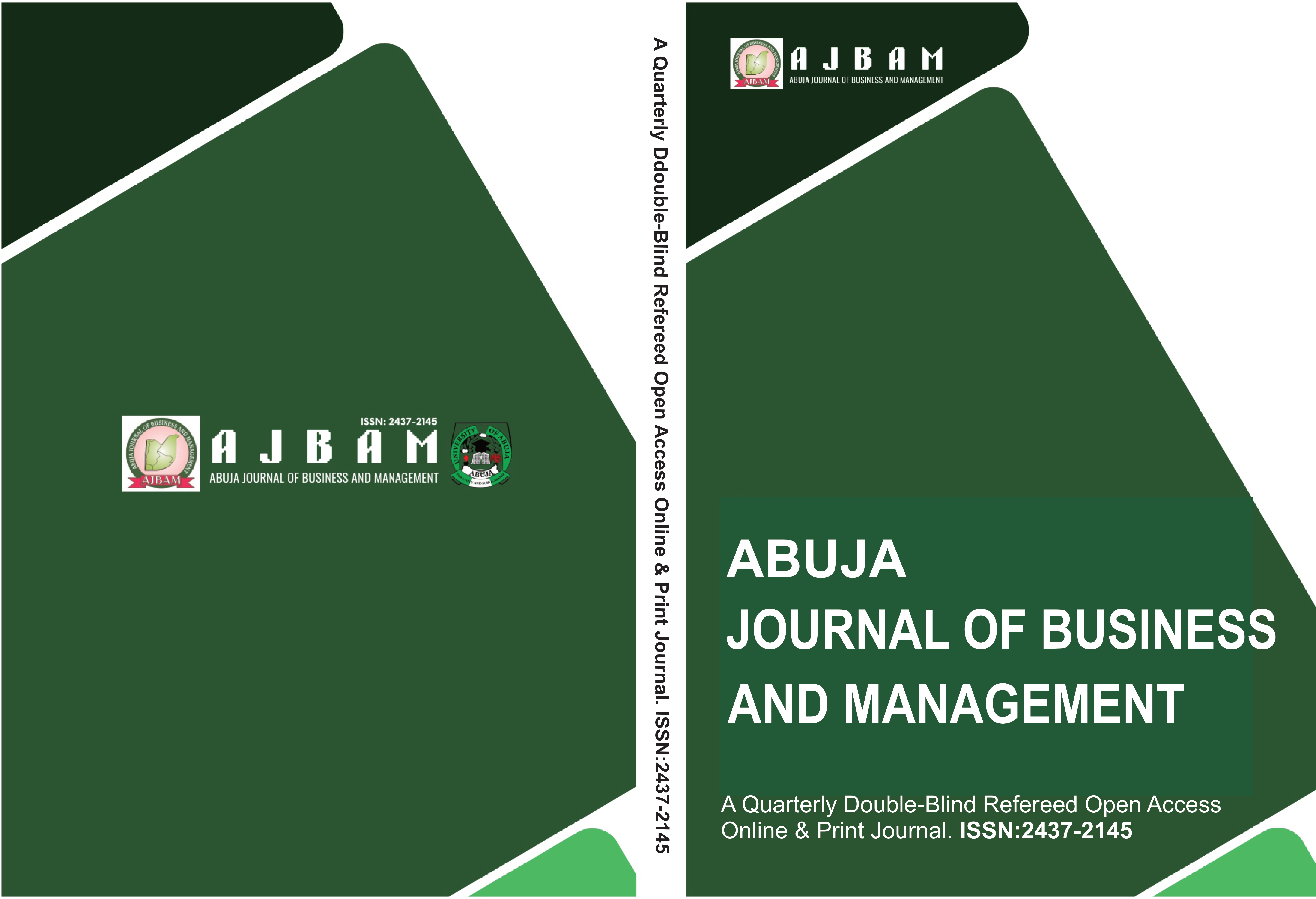EFFECT OF COMPENSATION ON SMALL AND MEDIUM SCALE ENTERPRISES (SMES) EMPLOYEE PERFORMANCE IN TARABA STATE
DOI:
https://doi.org/10.7118/ayt8f420Keywords:
Compensation, wages and salaries, gifts and bonuses, job satisfaction, working condition, SMEs performanceAbstract
Small and Medium Enterprises play a very important role in the state’s economy; however, their performance has been below average and has not improved as it should have been compared to other regions in Nigeria. This research aims at ascertaining the impact of compensation on the SMEs employee Performance in Taraba State, Nigeria. This study examines the role of compensation factors such as wages and salaries, gifts and bonuses SME’s performance in Taraba State. The study employs survey research design and used structured questionnaires to collect data from 361 SMEs in six Local Government Areas of Taraba State with 97% return rate. Multiple regression analysis was employed to test the hypotheses concerning the compensation variables and SME performance. The study shows that wages and salaries have a positive impact on the SMEs employee Performance and gifts and bonuses while having a positive coefficient were statistically insignificant. Satisfaction with the job was also found to have a positive but non-significant relationship with the SMEs employee Performance while working conditions had a significant positive influence on the SMEs employee Performance. Recommendations made are; relation of SME wages to the national minimum wage policy, reward-based motivation and work environment. The study also calls for the need for SMEs to address their compensation practices, especially wages, working conditions and job satisfaction in order to increase performance. The study therefore finds that increasing compensation is essential to improving SME performance in Taraba State, thus enabling SMEs to function at the local and national levels.
Downloads
Published
Issue
Section
License
Copyright (c) 2024 Ismaila Hajara Agwaru (Author)

This work is licensed under a Creative Commons Attribution 4.0 International License.
Authors retain copyright and grant the journal right of first publication with the work simultaneously. This work is licensed under Creative Commons Attribution 4.0 International



